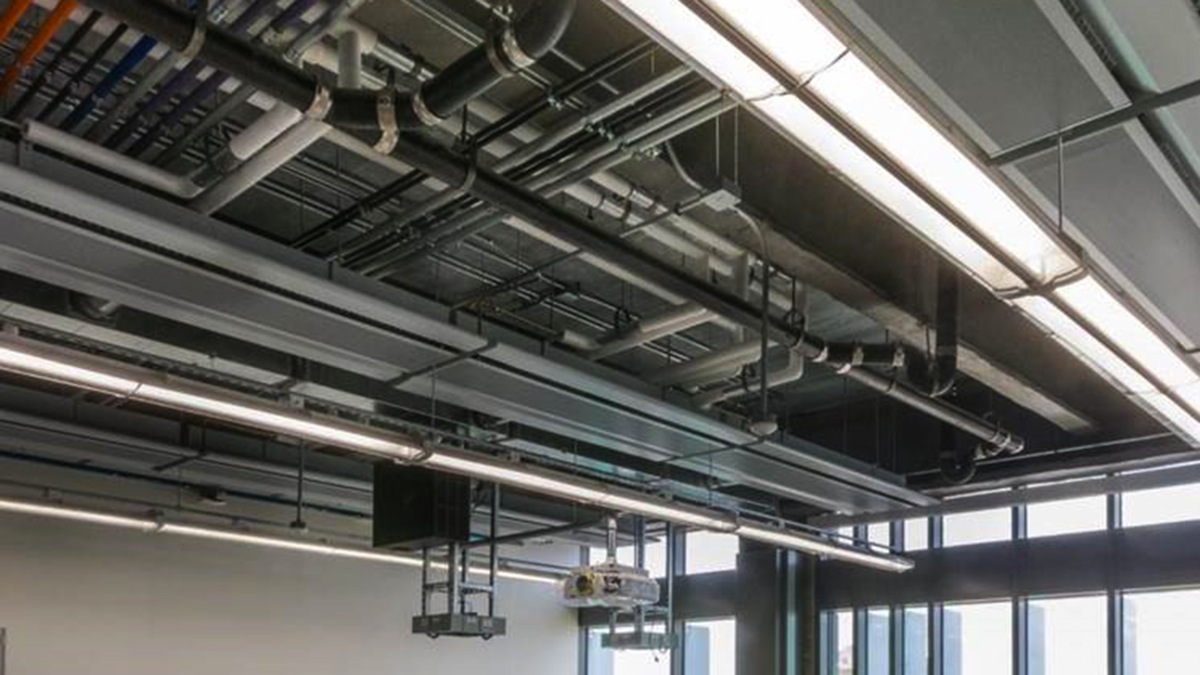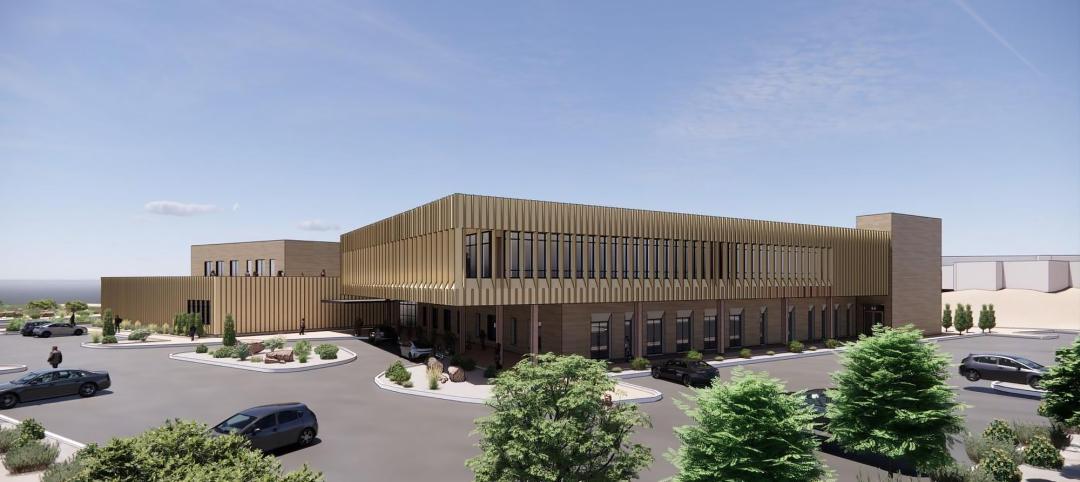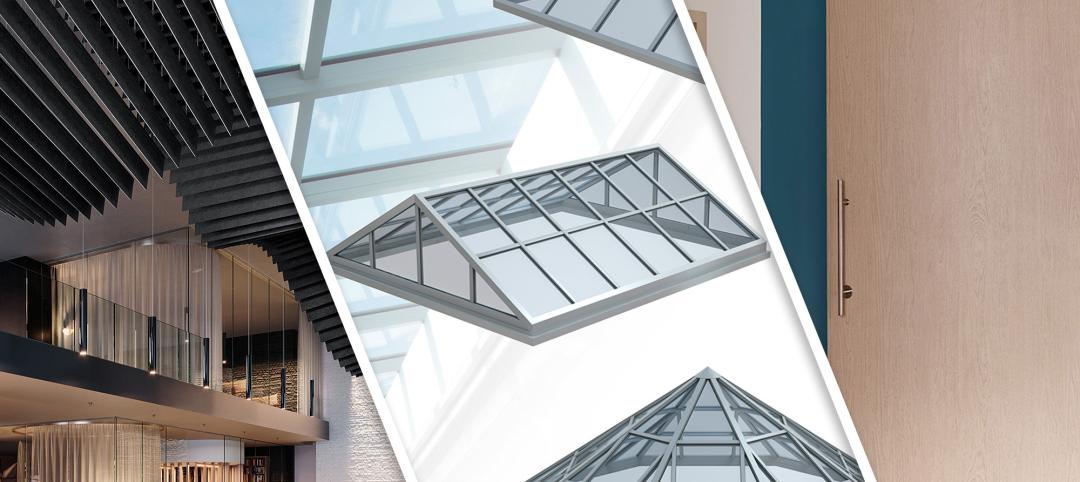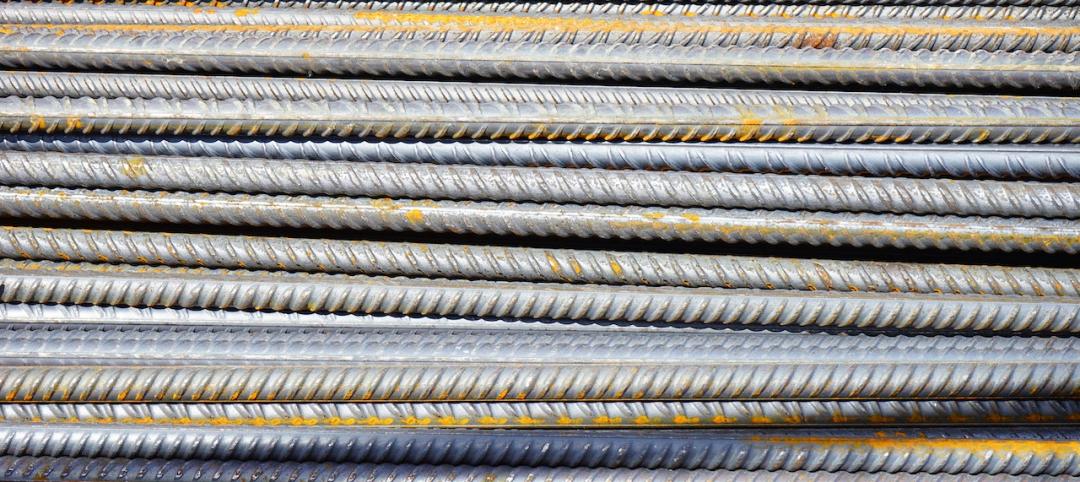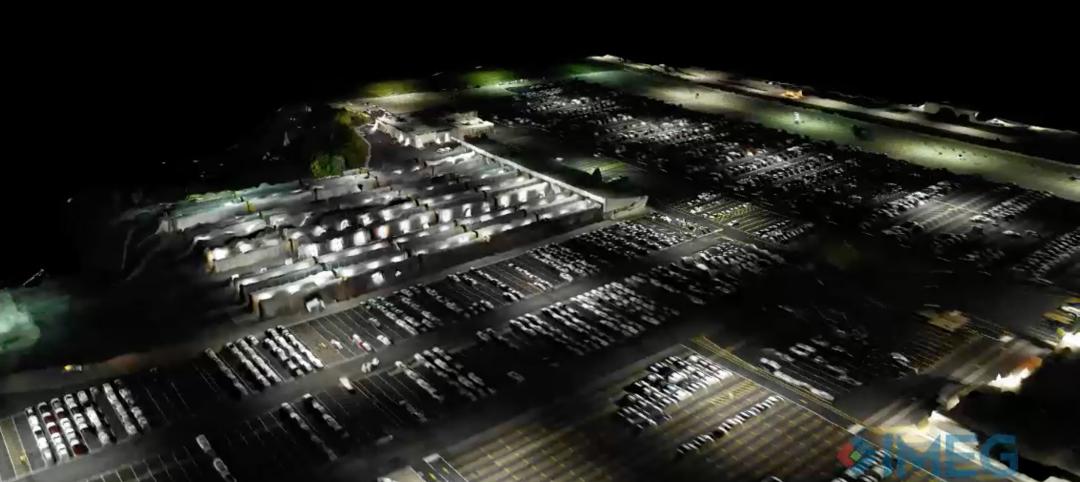The 2014 Nobel Prize in Physics was recently awarded to three scientists (Isamu Akasaki, Hiroshi Amano, and Shuji Nakamura) for inventing the blue light-emitting diode (LED) roughly 20 years ago. Prior to the advent of blue LEDs, white light from an LED source could not be created making commercial LED lighting unattainable. The invention of the blue LED has paved the way for a global lighting revolution.
The importance of this scientific breakthrough cannot be overstated. Lighting energy accounts for approximately one-fifth of electricity consumption in the world. LED sources are more energy efficient than traditional sources such as incandescent and fluorescent and last considerably longer. In the U.S. alone, LED lighting has the potential to save over $13 billion annually on electricity bills. That’s enough electricity each year to power all the homes in the state of Texas.
But alas, now comes a new problem. While first generation LED lighting fixtures were basically your standard incandescent or fluorescent housing retrofitted with LED light boards, manufacturers have now begun designing fixtures around the LEDs. The result is an integrated fixture where lamps are not serviceable or replaceable. This is a fundamental shift in how we think about lighting. No longer will facility maintenance staff be required to make the rounds replacing lamps. As the LEDs diminish in output over time, the entire fixture is simply removed (hopefully recycled) and replaced with a new one. This means building owners will need to completely replace their lighting fixtures at the fixture end of useful life, whenever that may be.
I’ve worked on several projects now where this exact topic has come up and owners have varying opinions.Some owners are comfortable with accepting this risk whereas others want only serviceable LED fixtures. The situation is also a mixed bag among the manufacturing community, where some fixtures are constructed with serviceable parts and others are completely throwaway (again, hopefully recycled).
This issue is one that architects and engineers need to be aware of as commercial LED lighting becomes more widespread. The perceived cost savings could literally be wiped away as owners will be required to completely overhaul their lighting system in 10 or 20 years.
So, the question becomes, should we be specifying replaceable or disposable fixtures? What do you think?
Related Stories
75 Top Building Products | Apr 22, 2024
Enter today! BD+C's 75 Top Building Products for 2024
BD+C editors are now accepting submissions for the annual 75 Top Building Products awards. The winners will be featured in the November/December 2024 issue of Building Design+Construction.
Adaptive Reuse | Mar 30, 2024
Hotel vs. office: Different challenges in commercial to residential conversions
In the midst of a national housing shortage, developers are examining the viability of commercial to residential conversions as a solution to both problems.
Lighting | Mar 4, 2024
Illuminating your path to energy efficiency
Design Collaborative's Kelsey Rowe, PE, CLD, shares some tools, resources, and next steps to guide you through the process of lighting design.
Sponsored | Performing Arts Centers | Jan 17, 2024
Performance-based facilities for performing arts boost the bottom line
A look at design trends for “budget-wise” performing arts facilities reveals ways in which well-planned and well-built facilities help performers and audiences get the most out of the arts. This continuing education course is worth 1.0 AIA learning unit.
ProConnect Events | Dec 29, 2023
7 ProConnect events scheduled for 2024, including all-new 'AEC Giants'
SGC Horizon present 7 ProConnect events in 2024.
75 Top Building Products | Dec 13, 2023
75 top building products for 2023
From a bladeless rooftop wind energy system, to a troffer light fixture with built-in continuous visible light disinfection, innovation is plentiful in Building Design+Construction's annual 75 Top Products report.
Healthcare Facilities | Oct 11, 2023
Leveraging land and light to enhance patient care
GBBN interior designer Kristin Greeley shares insights from the firm's latest project: a cancer center in Santa Fe, N.M.
Products and Materials | Jul 31, 2023
Top building products for July 2023
BD+C Editors break down 15 of the top building products this month, from cleanroom doors to window storm protection systems.
Building Materials | Jun 14, 2023
Construction input prices fall 0.6% in May 2023
Construction input prices fell 0.6% in May compared to the previous month, according to an Associated Builders and Contractors analysis of the U.S. Bureau of Labor Statistics’ Producer Price Index data released today. Nonresidential construction input prices declined 0.5% for the month.
Drone Software | Jun 12, 2023
Drones take site assessments to new heights
Eric Vallejo, Director of Reality Capture and Geospatial Solutions, IMEG Corp., discusses strategies for using visualization and reality capture.


